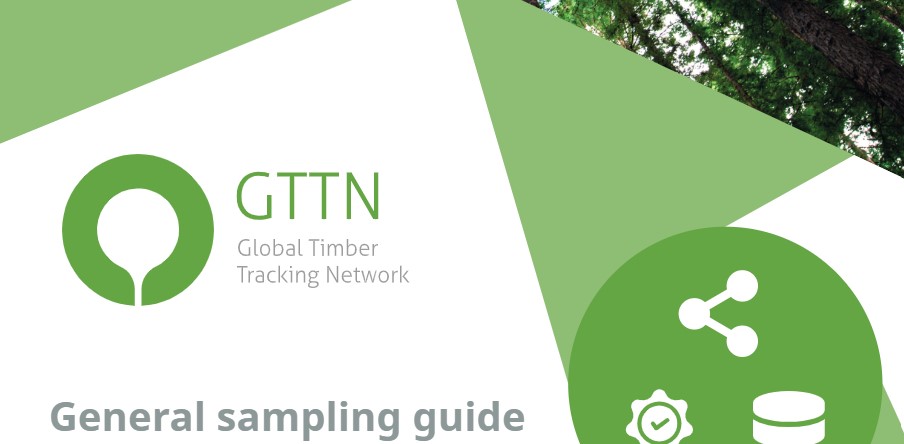Abstract
This is a guide for the collection of reference samples of trees to enable the identification of species and/or geographical origin of woody material. To enable the implementation of the different laws regulating the trade in illegal wood, reference databases for various timber tracking tools are urgently needed for at least the most traded and endangered tree species. In addition, to optimise the use of wood/wood product identification (taxonomic identity or geographic origin) in support of law enforcement, the guide anticipates upcoming developments to combine different timber identification methods such as wood anatomy, DNA-based methods, stable isotopes, DART TOFMS and NIRS. This sampling guide is written to make sharing of samples between researchers specialised in different timber tracking methods possible, as samples should ideally come from the same location in the tree, from the same individual and from well-identified trees when combining methods.
